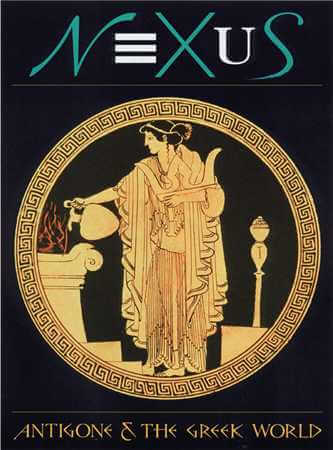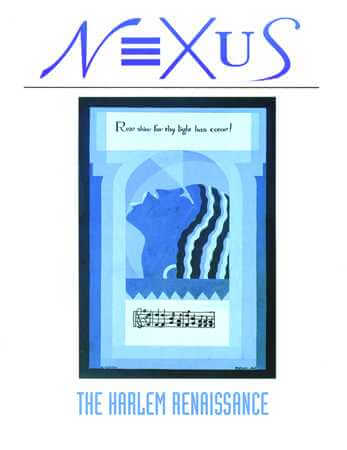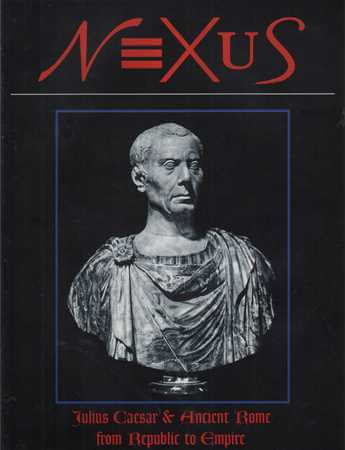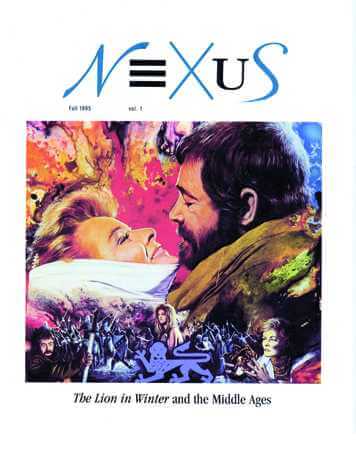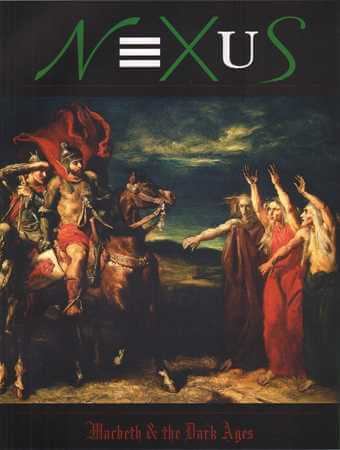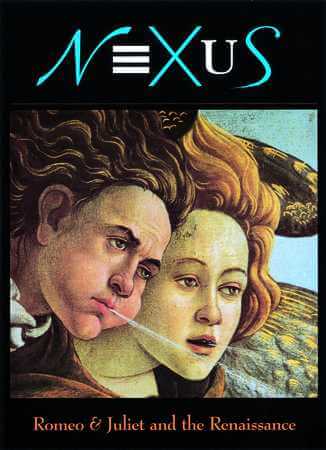FREE and FEE
Romeo and Juliet
Lesson Plans
NEXUS Lessons:
These Common-Core aligned FREE and FEE Romeo and Juliet lessons will help students tackle and appreciate Shakespeare’s figurative language; imagine, write and block their own Romeo and Juliet scene; identify and interpret themes in the play; and identify plot points. Our Two-Part Anti-Bullying/Anti-Stereotyping Romeo and Juliet lesson (linked to characters in the play) teaches students the psychology behind bullying and how to address and defuse bullying and minimize its adverse affects. They will also learn to pen their own puns, metaphors and antitheses which will help them to appreciate and be inspired by Shakespeare’s figurative language.
Scene-Writing Lessons
LALU TEST for Dark Blue …………………………….
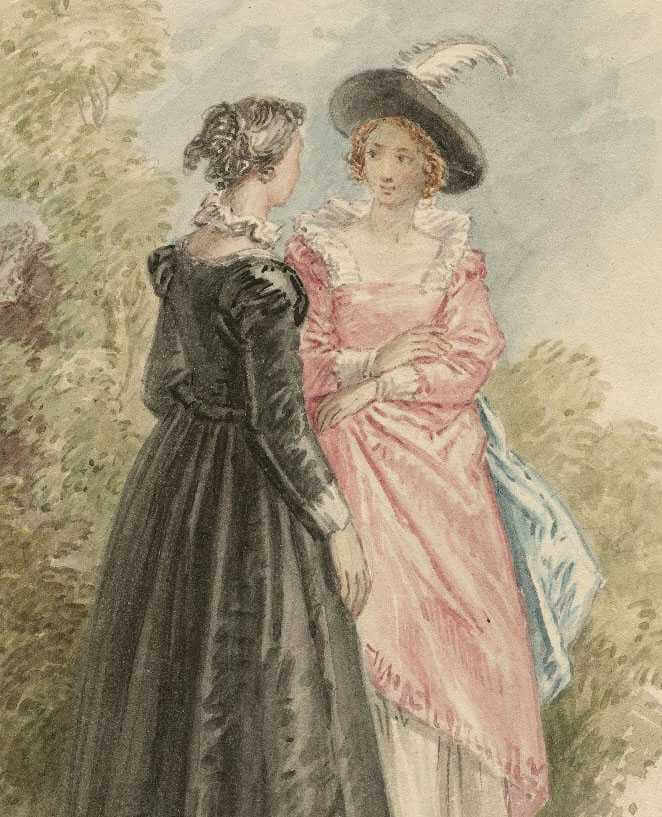
GIRL-TALK, Juliet Meets Rosaline – FREE Lesson
In this lesson, students imagine, write, and perform a scene in which Juliet and Rosaline discuss Romeo the morning after the Capulet feast. Each performance team has the option of writing their scene in Shakespearean English or contemporary English. In either case they must include figurative language – metaphors, antitheses, and puns. The lesson teaches students how to effectively write, block and perform the scene, and it provides students with simple tools that will improve their delivery and elocution in general.
STUDENT PORTAL – “Girl Talk, Juliet Meets Rosaline“
COMMON CORE STANDARDS MET WITH THIS LESSON:
CCSS.ELA-LITERACY.RL.9-10.3
Analyze how complex characters (e.g., those with multiple or conflicting motivations) develop over the course of a text, interact with other characters, and advance the plot or develop the theme.
CCSS.ELA-LITERACY.RL.9-10.4
Determine the meaning of words and phrases as they are used in the text, including figurative and connotative meanings; analyze the cumulative impact of specific word choices on meaning and tone (e.g., how the language evokes a sense of time and place; how it sets a formal or informal tone).
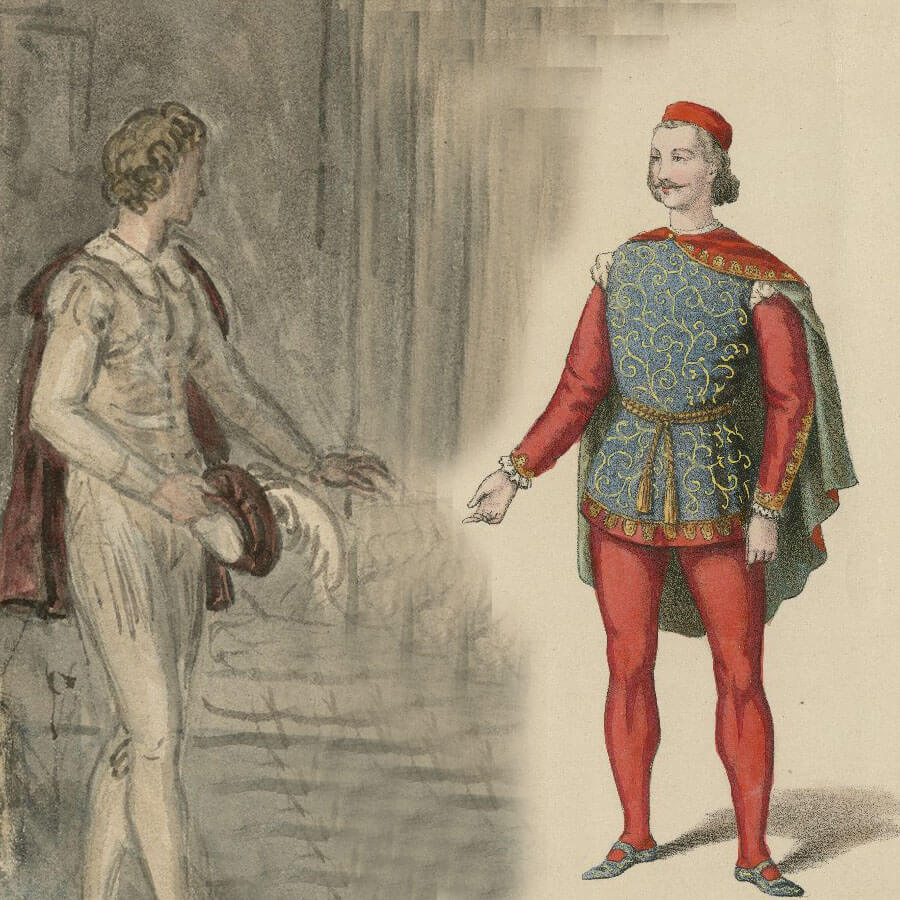
GUY TALK, Romeo Meets Paris – FREE Lesson
In this lesson, students imagine, write, and perform a scene in which Romeo and Paris discuss Juliet the morning after the Capulet feast. Each performance team has the option of writing their scene in Shakespearean English or contemporary English. In either case they must include figurative language – metaphors, antitheses, and puns. The lesson teaches students how to effectively write, block and perform the scene, and it provides students with simple tools that will improve their delivery and elocution in general.
STUDENT PORTAL – “Guy Talk, Romeo Meets Paris”
COMMON CORE STANDARDS MET WITH THIS LESSON:
CCSS.ELA-LITERACY.RL.9-10.3
Analyze how complex characters (e.g., those with multiple or conflicting motivations) develop over the course of a text, interact with other characters, and advance the plot or develop the theme.
CCSS.ELA-LITERACY.RL.9-10.4
Determine the meaning of words and phrases as they are used in the text, including figurative and connotative meanings; analyze the cumulative impact of specific word choices on meaning and tone (e.g., how the language evokes a sense of time and place; how it sets a formal or informal tone).
Romeo and Juliet Eye Themes Lesson

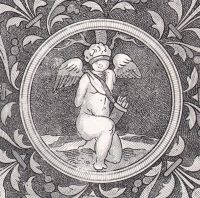
Love is Blind – FREE Lesson
In the first part of this lesson, students identify and examine the repeated references to blind love (Cupid is blind) in Romeo and Juliet. In what way(s) is love blind? Are people who fall in love at first sight blind to each other’s faults?
STUDENT PORTAL – “Eye Themes in Romeo and Juliet“
Love at First Sight – FREE Lesson
In the second half of this lesson, students examine “love” based on physical appearance in the play. Friar Lawrence observes: “Young men’s love then lies/Not truly in their hearts, but in their eyes.”
ROMEO: Did my heart love till now? Forswear it, sight!
For I n’er saw true beauty till this night.
COMMON CORE STANDARDS MET WITH THIS LESSON:
Cite strong and thorough textual evidence to support analysis of what the text says explicitly as well as inferences drawn from the text.
Determine a theme or central idea of a text and analyze in detail its development over the course of the text, including how it emerges and is shaped and refined by specific details; provide an objective summary of the text.
Analyze how complex characters (e.g., those with multiple or conflicting motivations) develop over the course of a text, interact with other characters, and advance the plot or develop the theme.
Determine the meaning of words and phrases as they are used in the text, including figurative and connotative meanings; analyze the cumulative impact of specific word choices on meaning and tone (e.g., how the language evokes a sense of time and place; how it sets a formal or informal tone).
Bullying and Stereotyping in Romeo and Juliet Lesson

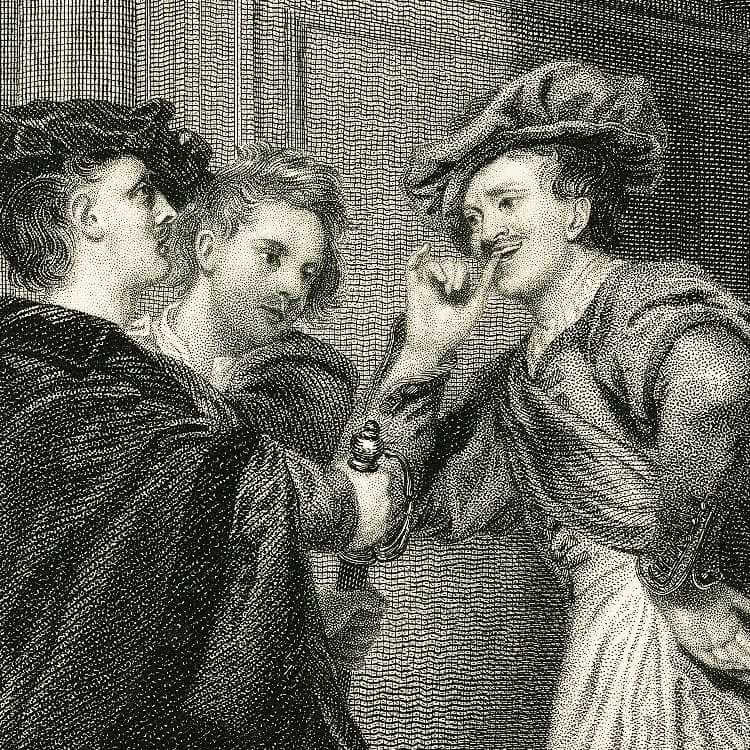
Fighting Words in Romeo and Juliet – Anti-Bullying Lesson Part I – FREE Lesson
Students explore the causes of bullying and healthy ways to deal with and defuse bullying.
STUDENT PORTAL – Fighting Words in Romeo and Juliet-Anti-Bullying Lesson Part I
Fighting Words in Romeo and Juliet – Anti-Bullying, Anti-Stereotyping Lesson Part II – FEE Lesson
Part II examines specific types of bullying and provides students with psychological tools to help them deflect bullying and name-calling.
STUDENT PORTAL – Fighting Words in Romeo and Juliet-Anti-Bullying Lesson Part II
Plot – Red Lights and Green Lights in Romeo and Juliet


STUDENT Version – FEE LESSON
This lesson facilitates close reading of Romeo and Juliet through a game-formatted lesson. As students read a selection of scenes in Romeo and Juliet, they highlight lines in which patience is counseled or demanded (red lights) and scenes in which a character rushes to make a decision, discover news, or carry out an action (green lights). Every time a RED LIGHT is encountered, the student must STOP and explain why the take-it-slow or remain-calm advice is helpful or harmful? Each GREEN LIGHT must be similarly evaluated at the appropriate time.
STUDENT PORTAL – Red Light – Green Light Game
COMMON CORE STANDARDS MET WITH THIS LESSON:
Cite strong and thorough textual evidence to support analysis of what the text says explicitly as well as inferences drawn from the text.
Analyze how complex characters (e.g., those with multiple or conflicting motivations) develop over the course of a text, interact with other characters, and advance the plot or develop the theme.
Determine the meaning of words and phrases as they are used in the text, including figurative and connotative meanings; analyze the cumulative impact of specific word choices on meaning and tone (e.g., how the language evokes a sense of time and place; how it sets a formal or informal tone).
Penning Puns, Antitheses and Metaphors Lesson

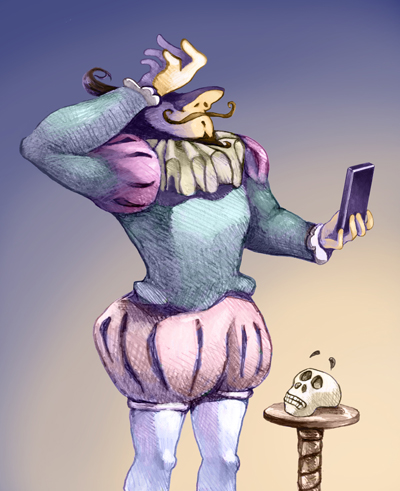
Writing like Shakespeare Lesson
Students learn to duplicate the mental processes involved in writing antitheses, metaphors, and puns. Writing their own antitheses, metaphors and puns helps students to appreciate, interpret and be inspired by Shakespeare’s figurative langauge. The lesson also builds vocabulary and helps students distinguish between words’ denotations and connotations.
Student Portal – How to Pen Puns, Antitheses, and Metaphors Lesson
COMMON CORE STANDARDS MET WITH THIS LESSON:
Determine the meaning of words and phrases as they are used in the text, including figurative and connotative meanings; analyze the cumulative impact of specific word choices on meaning and tone (e.g., how the language evokes a sense of time and place; how it sets a formal or informal tone).
Shakespeare Study Hall – Coming Soon

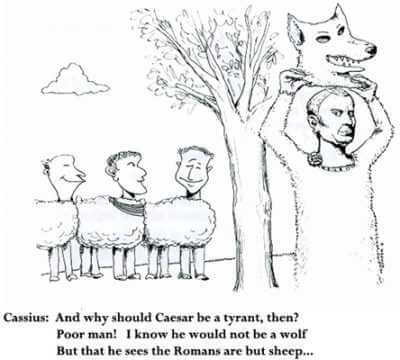
Tackling the Figurative Language in Shakespeare’s Plays
In the online SHAKESPEARE STUDY HALL students explicate Shakespeare’s figurative language using graphic tools that help them to identify antithesis, parallelism, oxymoron, etc. The language is made clear and entertaining with cartoons that SHOW what Shakespeare SAYS.
The SSH is divided into three rooms – brain workout rooms: 1) the Romeo and Juliet Room; 2) the Macbeth Room; and 3) the Julius Caesar Room. Each year students’ facility with Shakespeare’s figurative language will greatly improve as they advance to the higher numbered rooms and tackle increasingly challenging exercises – or mental aerobics. As students acquire mastery over Shakespeare’s language, their reading and critical thinking skills will dramatically improve in literature and all other subjects.
NEXUS is a 501(c)(3) nonprofit based in Cleveland, OH. Our mission is to provide schools with outstanding interdisciplinary resources that inspire students to THINK, LINK and IMAGINE.
A portion of our proceeds is donated annually to UNICEF”S Audrey Hepburn All Children in School Fund.


